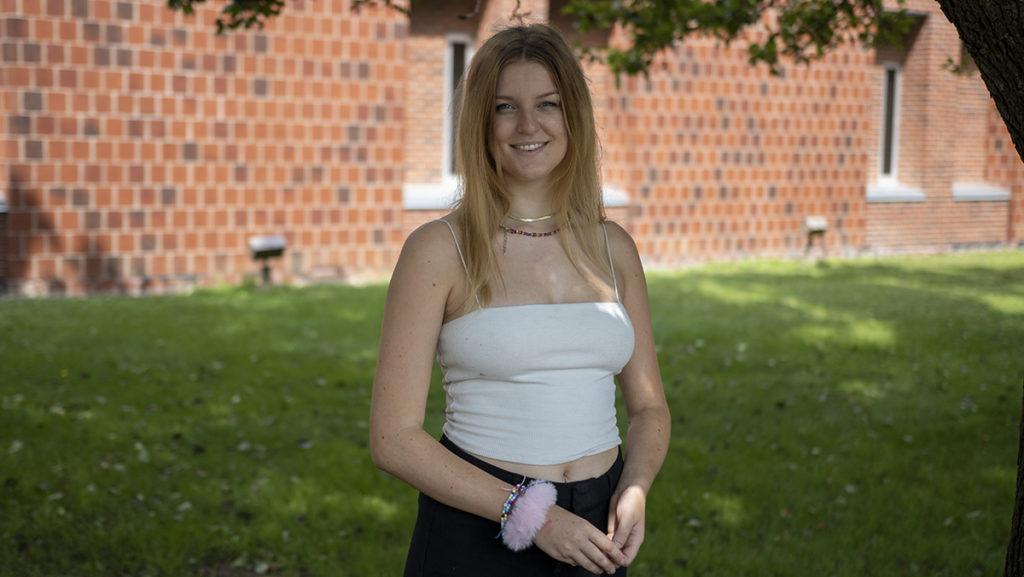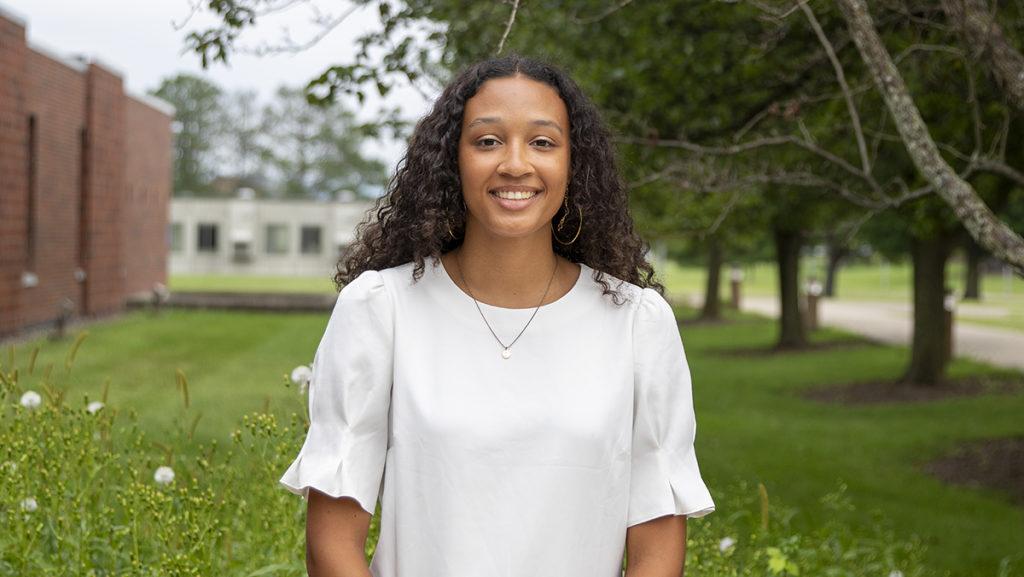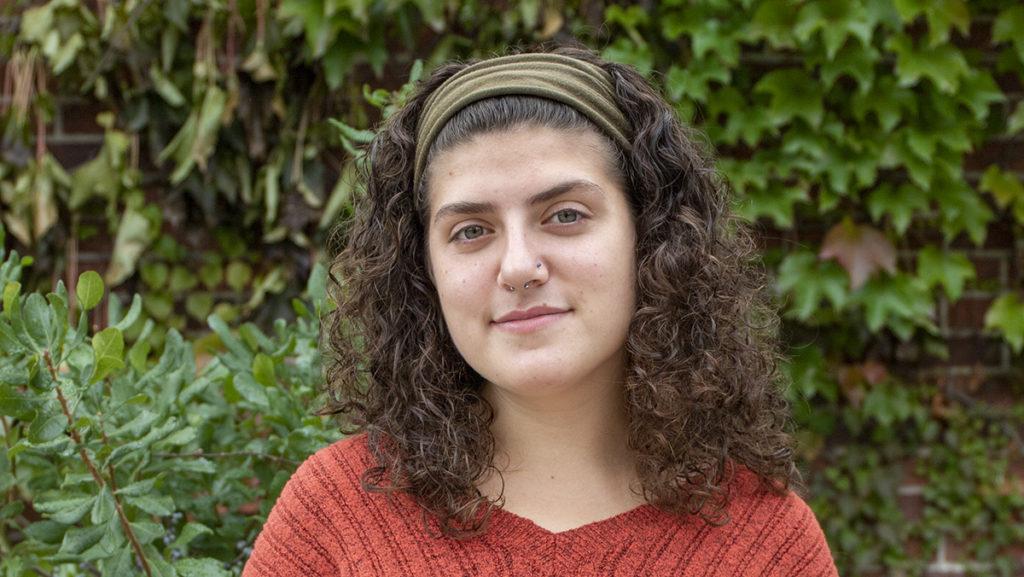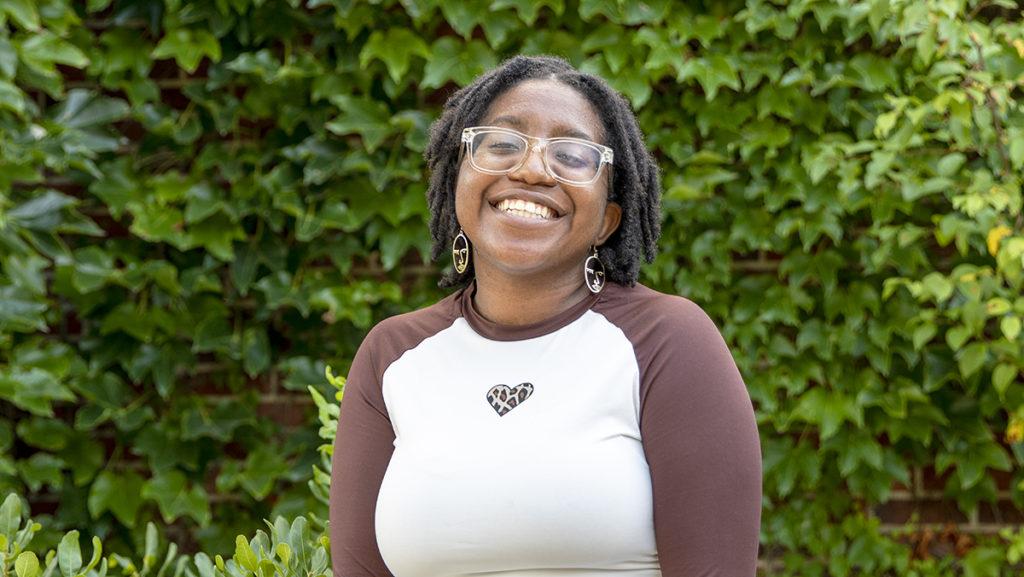The Council of Graduate Schools released a report earlier today which states that enrollment at graduate schools fell by 1.1 percent in fall 2010. This breaks a seven year trend which saw increases in first-time graduate students worldwide.
In fall 2009, enrollment had gone up 5.5 percent from the previous year. But what is more surprising is how the worldwide decrease in enrollment is coupled with the increase of 8.4 percent in applications to American graduate schools last fall. Though the mark of 4.7 percent for first-time enrollment of international students showed an overall increase from last year, the study revealed the only minority group to have an overall rise in graduate school enrollment was Hispanics.
It’s easy to look at the drop in graduate school enrollment as an effect of the economic recession, but the decline also can be attributed to a number of other things. Graduate schools, for example, are not looking for students who are still planning out their career paths. So the data from the council’s study can be interpreted as the Millenial generation taking a longer period of time to determine how they can apply their undergraduate degree in the job market. The increase in applications could be a result of an increase of students in fields where a graduate degree is required such as law or medicine. Students in other programs could have felt pressured into more schooling upon receiving their undergraduate degree because they didn’t think they could establish themselves in a competitive workforce.
The enrollment dip does make one thing clear; there are less students enrolled in higher education programs than there have been all decade long despite a prediction from the U.S. Department of Labor that projects 2.5-million more jobs will require advanced degrees by 2018. A very disturbing statistic indeed.






